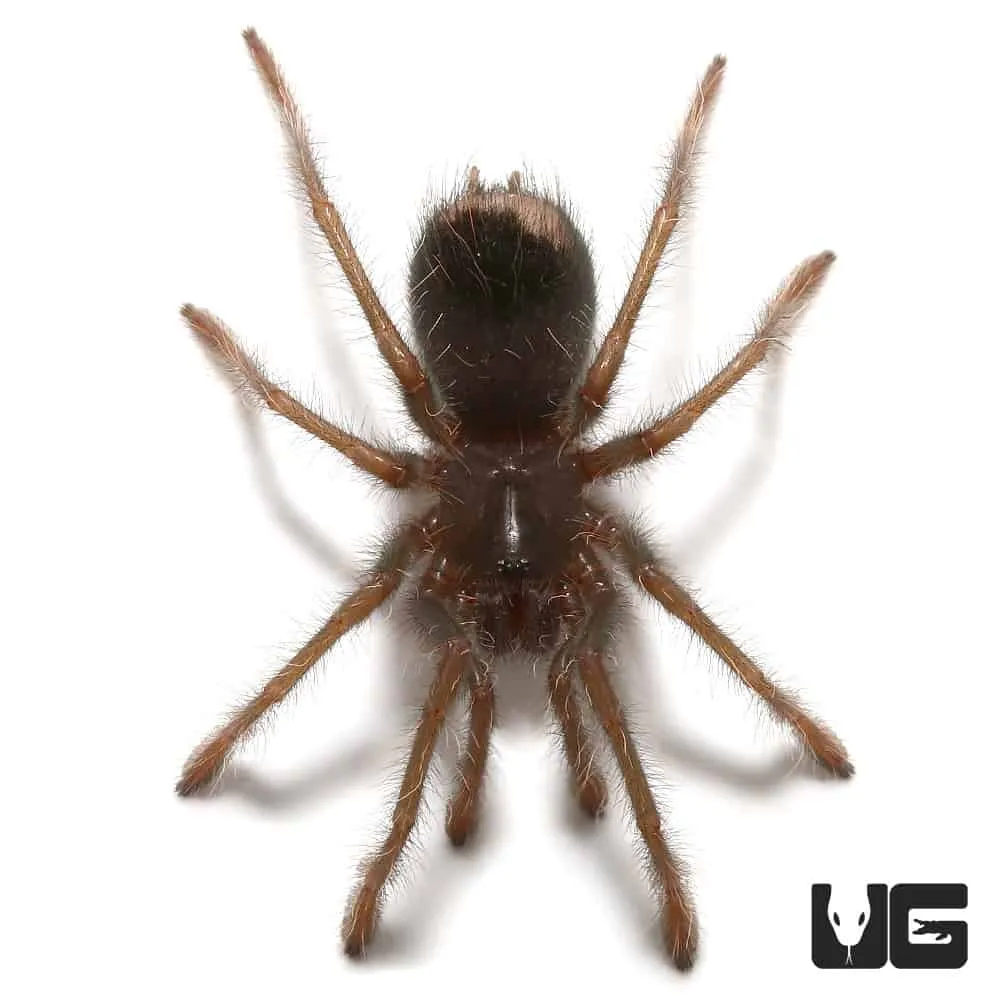What is a Blue Birdeater Tarantula?
The Blue Birdeater Tarantula, scientifically known as Avicularia huriana, is a captivating species of tarantula that has gained popularity among arachnid enthusiasts. Its striking blue coloration and relatively docile temperament make it a desirable pet for experienced keepers. These tarantulas are native to the rainforests of South America, where they inhabit trees and shrubs. The name ‘birdeater’ is a misnomer, as these tarantulas rarely consume birds, their diet primarily consisting of insects and other small invertebrates. Understanding the basic facts about these fascinating creatures is essential for anyone considering keeping one as a pet or simply admiring their beauty from afar. This article will delve into the key aspects of the Blue Birdeater Tarantula, from its appearance and habitat to its care requirements and conservation status.
Appearance and Characteristics
One of the most distinguishing features of the Blue Birdeater Tarantula is its vibrant blue coloration, which can vary in intensity depending on the individual tarantula and its stage of life. Juveniles often exhibit a more subdued color, gradually intensifying as they mature. The blue coloration is most prominent on the legs, carapace (the shell-like covering on the cephalothorax), and abdomen. In addition to their striking color, these tarantulas have a unique appearance characterized by their large size and relatively slender build compared to some other tarantula species. They possess urticating hairs on their abdomen, which they can flick off as a defense mechanism if they feel threatened. These hairs can cause skin irritation if they come into contact with human skin, so caution is advised when handling the tarantula.
Size and Growth

Blue Birdeater Tarantulas are a medium to large-sized tarantula species. Females typically grow larger than males, with a leg span that can reach up to 6-7 inches. Males tend to be slightly smaller. The growth rate of these tarantulas varies depending on factors such as diet, temperature, and humidity. They undergo a process called molting, shedding their exoskeleton to grow larger. During molting, the tarantula is particularly vulnerable and should not be disturbed. Molting frequency decreases as the tarantula matures. Young tarantulas molt more frequently than adults. Providing a proper diet and suitable environmental conditions is crucial for healthy growth and development.
Where They Live
Natural Habitat
Blue Birdeater Tarantulas are native to the rainforests of French Guiana, Suriname, and possibly parts of Brazil. They are arboreal, meaning they live primarily in trees. They are found in tropical environments with high humidity and temperatures. The tarantulas construct webs in trees, using them as shelters and to ambush prey. Their natural habitat provides essential resources, including food, shelter, and a suitable climate. The rainforest environment provides a stable temperature and humidity, which are crucial for their survival. Understanding the natural habitat of the Blue Birdeater Tarantula is important for replicating its needs in captivity and ensuring its well-being.
Ideal Climate
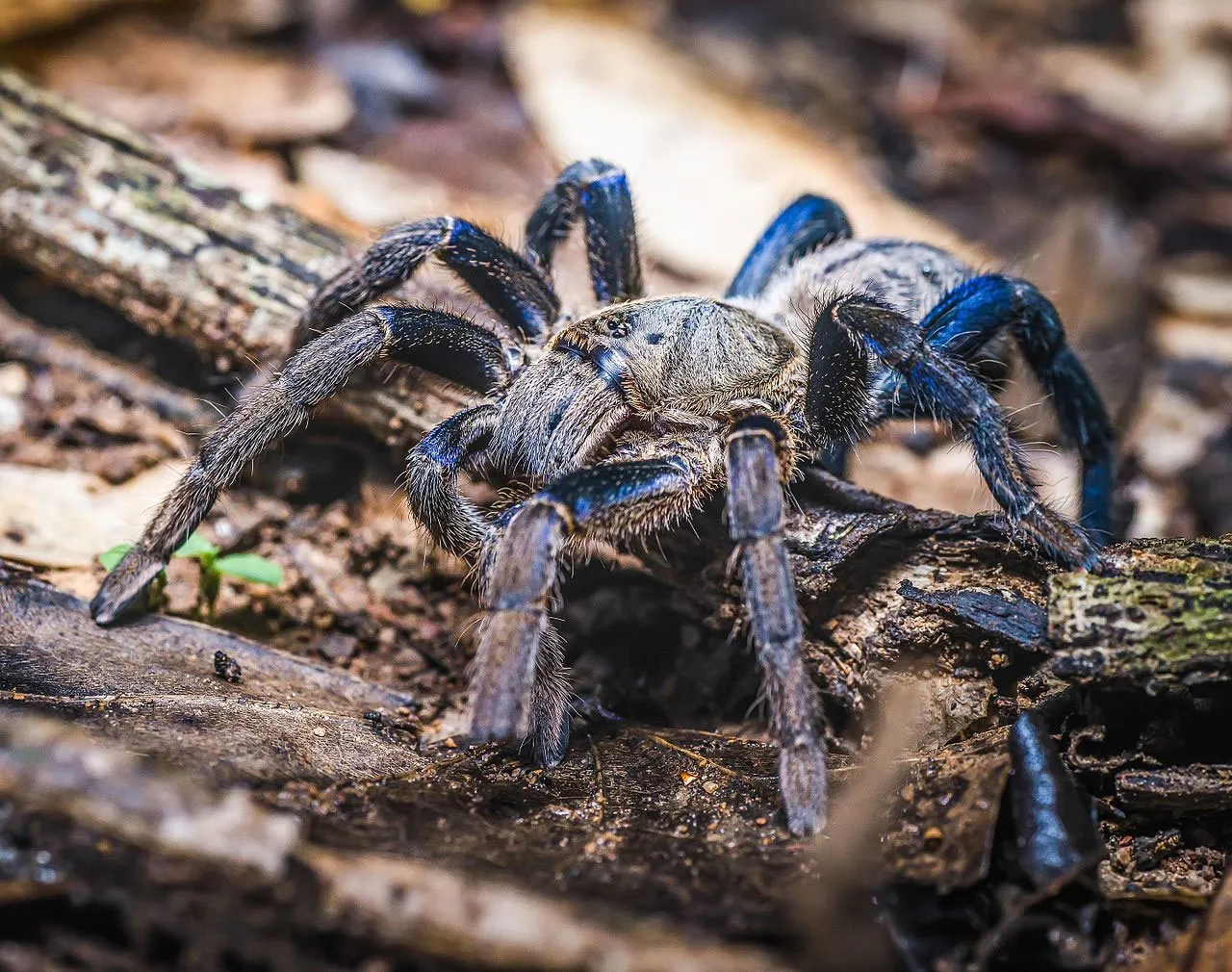
The Blue Birdeater Tarantula thrives in a warm and humid environment. In captivity, it is essential to maintain a temperature range of 75-85°F (24-29°C). The humidity level should be kept between 70-80%. This can be achieved by misting the enclosure regularly and providing a water dish. Proper ventilation is also important to prevent the buildup of mold and bacteria. The specific requirements may vary slightly depending on the individual tarantula and its stage of life. Monitoring the temperature and humidity levels is crucial for maintaining a healthy environment and preventing health issues.
Diet and Feeding Habits
What They Eat
In the wild, Blue Birdeater Tarantulas are opportunistic predators, feeding primarily on insects and other small invertebrates. Their diet includes crickets, roaches, moths, and other small bugs. They may also occasionally consume small vertebrates such as lizards or frogs, although this is less common. In captivity, a diet of commercially available insects, such as crickets and roaches, is typically provided. The size of the prey should be appropriate for the size of the tarantula, ensuring it can be easily consumed. Supplementing the diet with other insects, such as mealworms or superworms, can provide nutritional variety.
Feeding Frequency
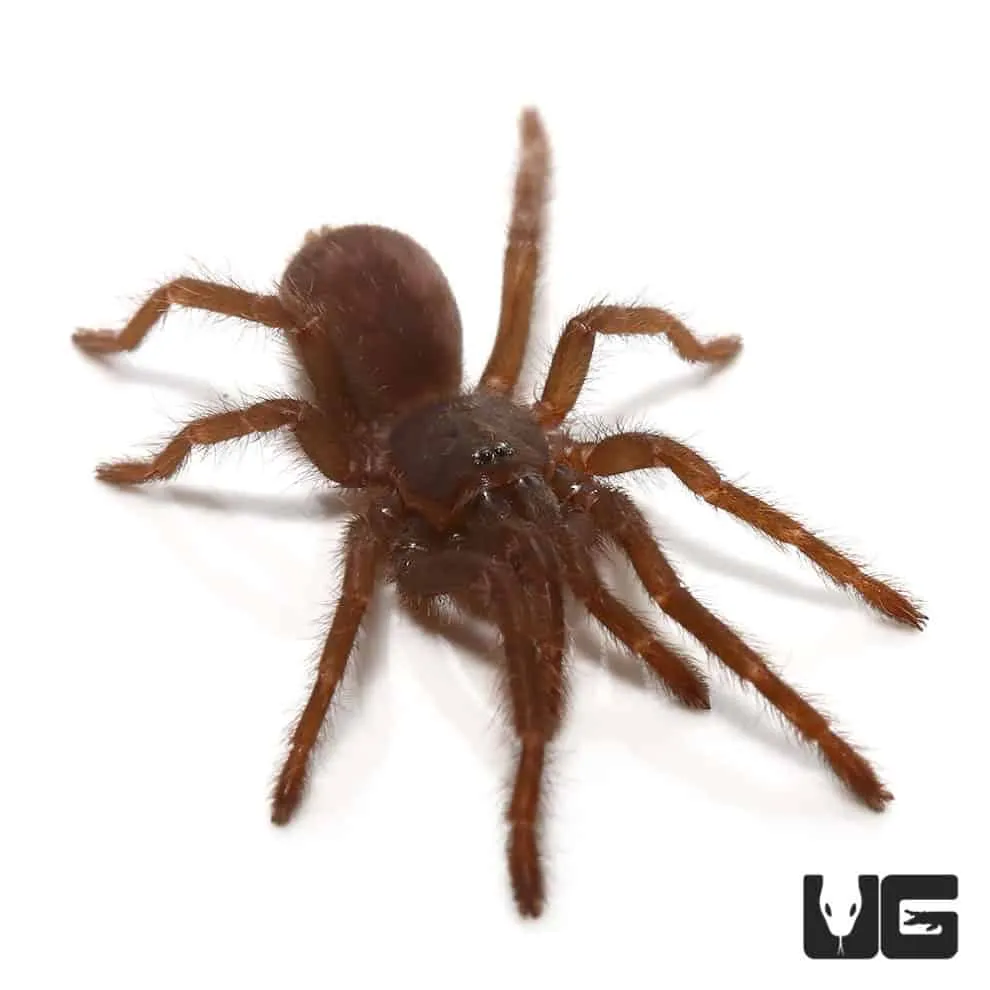
The feeding frequency for a Blue Birdeater Tarantula depends on its age and size. Spiderlings should be fed more frequently, typically every other day or every day. As they grow, the feeding frequency can be reduced. Adults can be fed once or twice a week. It’s important to observe the tarantula’s behavior to determine its appetite. If the tarantula consistently refuses food, it may be a sign that it is about to molt, or that the prey is too large. Remove any uneaten prey within 24 hours to prevent the buildup of mold and bacteria in the enclosure. Always ensure that the tarantula has access to fresh water.
Lifespan and Behavior
Typical Lifespan
The lifespan of a Blue Birdeater Tarantula varies depending on its sex. Females typically live longer than males. Females can live for 10-15 years or even longer under optimal conditions. Males, on the other hand, have a shorter lifespan, usually around 3-5 years. Several factors can influence lifespan, including genetics, diet, and environmental conditions. Providing a proper diet, maintaining a suitable environment, and minimizing stress can contribute to a longer lifespan. It is essential to be aware of the lifespan of the tarantula before obtaining one as a pet, as it is a long-term commitment.
Temperament and Handling
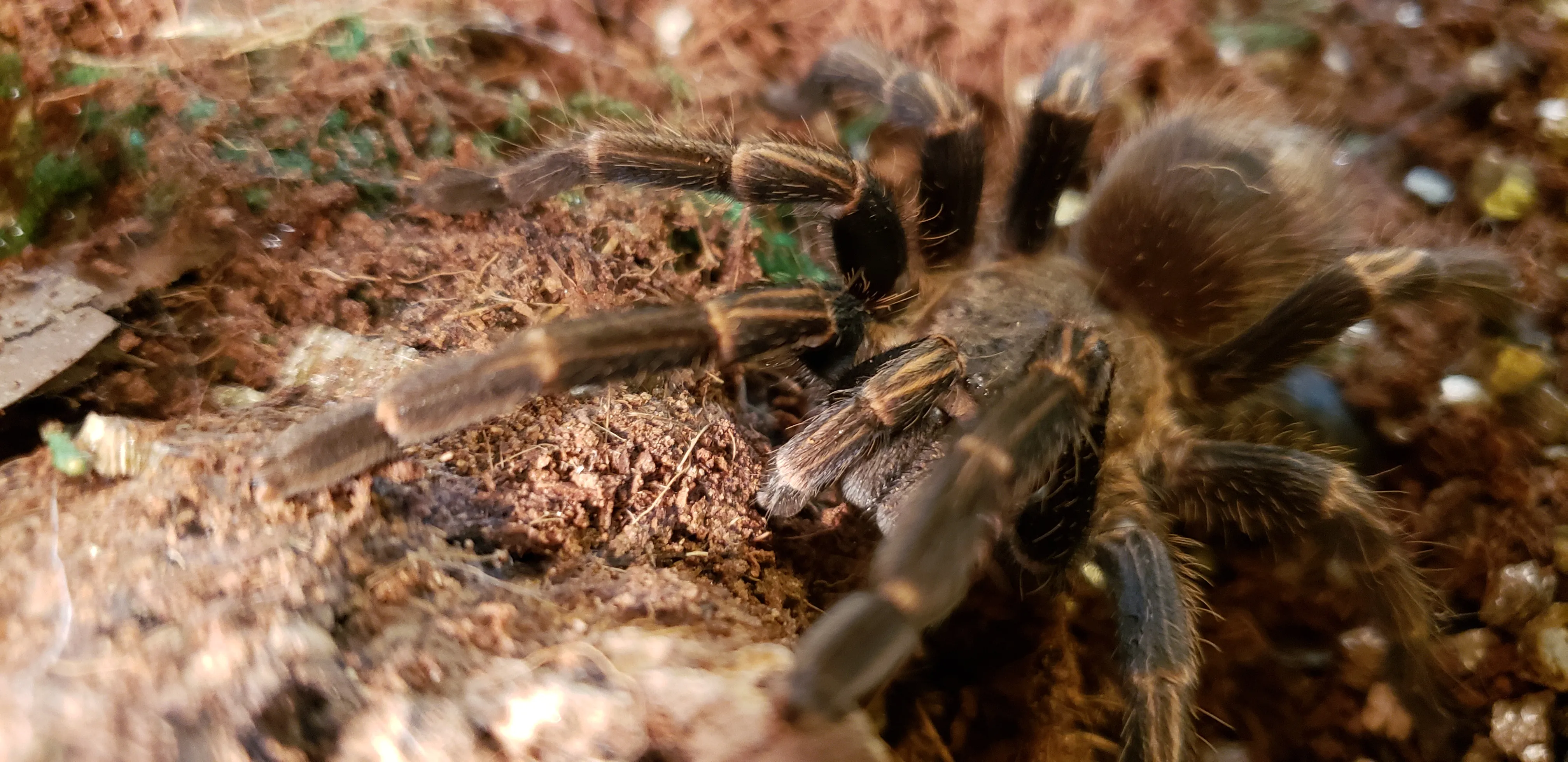
Blue Birdeater Tarantulas are generally considered to be a docile species, making them suitable for intermediate keepers. However, it is important to exercise caution when handling them. They are not typically aggressive but may bite if they feel threatened. Their urticating hairs can also cause skin irritation. Handling should be kept to a minimum. If handling is necessary, it should be done carefully and gently. It is important to avoid sudden movements and to provide a safe environment for the tarantula. Always wash your hands thoroughly after handling a tarantula to remove any urticating hairs.
Is a Blue Birdeater Tarantula Right for You?
Pros and Cons of Ownership
Owning a Blue Birdeater Tarantula can be a rewarding experience for the right person. The pros include their stunning appearance, relatively docile temperament, and the fascinating nature of observing their behavior. They are also relatively low-maintenance pets compared to many other animals. However, there are also cons to consider. Tarantulas are not interactive pets and cannot be handled frequently. Their bites can be painful, and their urticating hairs can cause skin irritation. Owning a tarantula requires a commitment to providing proper care, including maintaining the correct temperature, humidity, and feeding schedule. It is important to carefully weigh the pros and cons before acquiring a Blue Birdeater Tarantula.
Basic Care Requirements
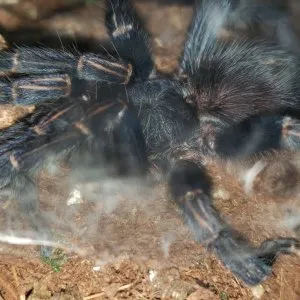
Proper care is essential for the well-being of a Blue Birdeater Tarantula. This includes providing a suitable enclosure, maintaining the correct temperature and humidity, and offering a proper diet. The enclosure should be appropriately sized for the tarantula, with enough space for it to move around and web. A substrate of coconut fiber or a similar material should be used to maintain humidity. A water dish should always be available, and the enclosure should be misted regularly. The tarantula should be fed a diet of appropriately sized insects, such as crickets or roaches. Regular cleaning of the enclosure is essential to prevent the buildup of waste and bacteria.
Conservation Status
Threats to Survival
While the Blue Birdeater Tarantula is not currently listed as endangered, it faces various threats in its natural habitat. Habitat loss due to deforestation and agricultural expansion is a major concern. The tarantulas’ rainforest home is being destroyed at an alarming rate, reducing the available space for them to live and thrive. The pet trade can also pose a threat if populations are unsustainably harvested from the wild. Climate change is also a factor, potentially altering the environmental conditions in their natural habitat. Conservation efforts are crucial to ensure the long-term survival of this species.
Conservation Efforts
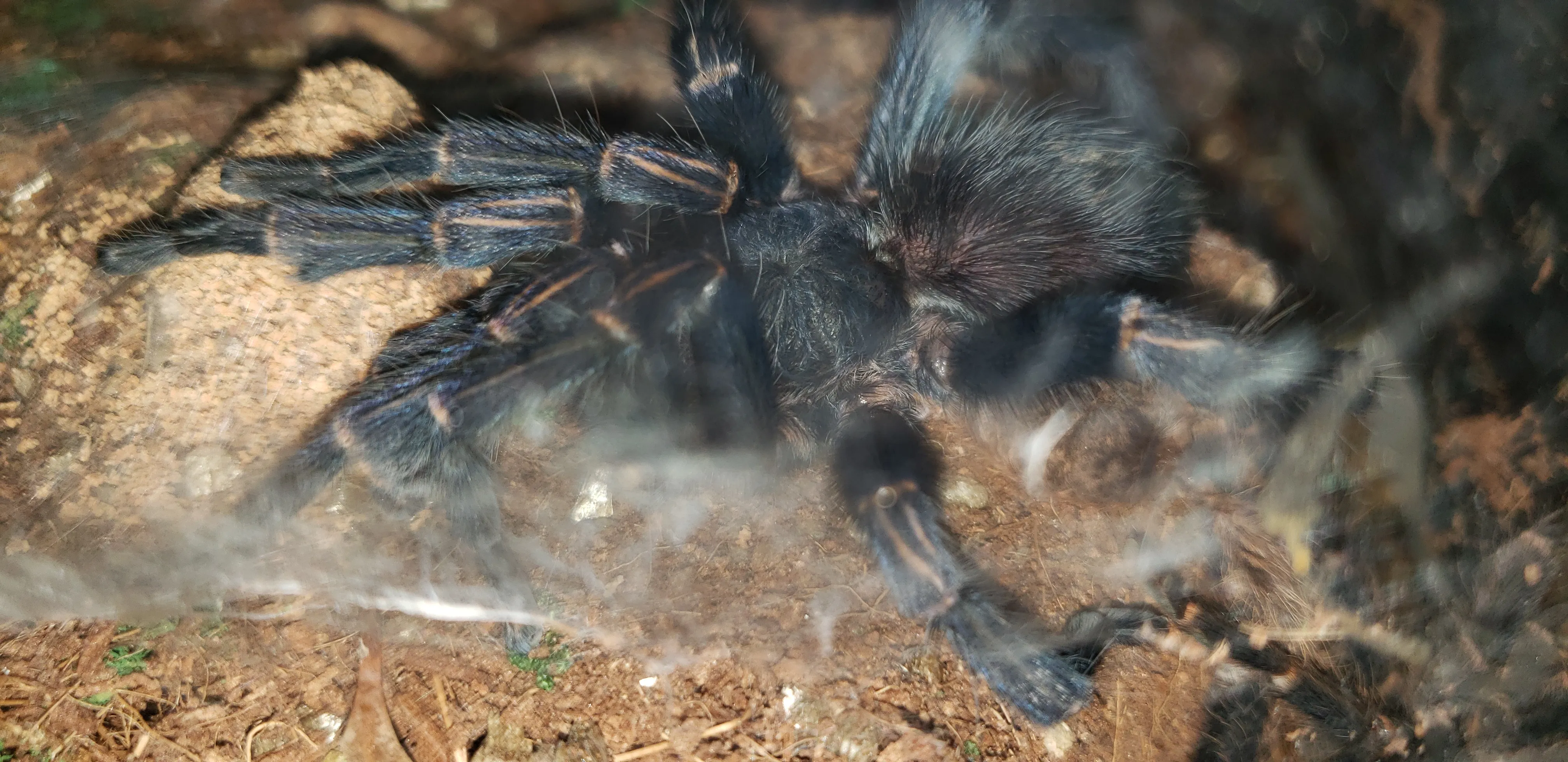
Various conservation efforts are underway to protect the Blue Birdeater Tarantula and its habitat. These efforts include habitat preservation, sustainable harvesting practices, and captive breeding programs. Protecting the rainforests in which they live is a primary goal, which involves supporting organizations that work to prevent deforestation and protect natural habitats. Raising awareness about the importance of conservation among the public is also crucial. Responsible pet ownership can also contribute to conservation by acquiring tarantulas from reputable breeders who practice sustainable methods. Supporting these efforts helps ensure that future generations can appreciate the beauty and unique characteristics of the Blue Birdeater Tarantula.
